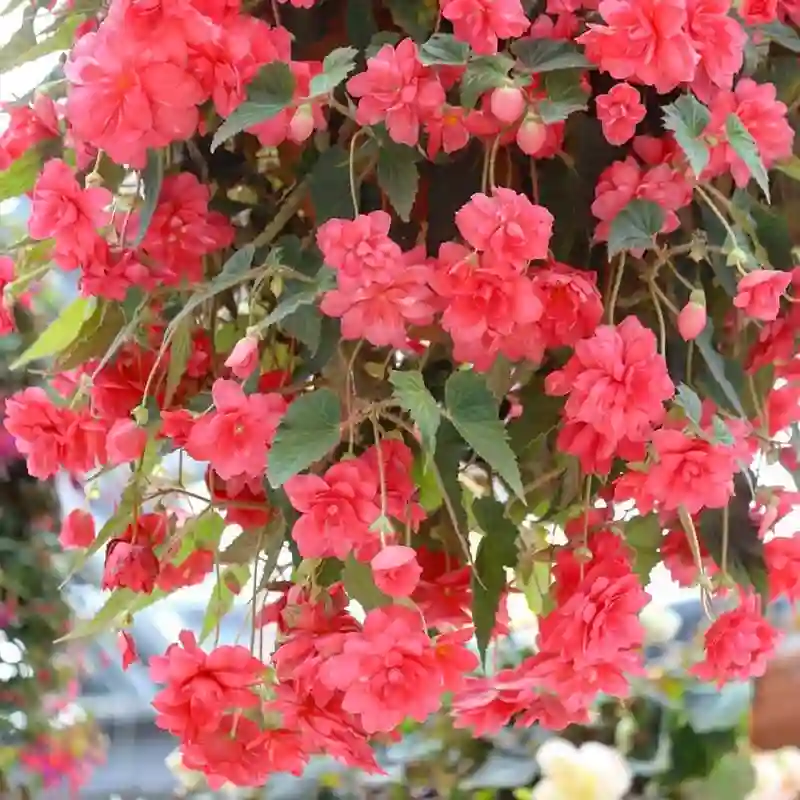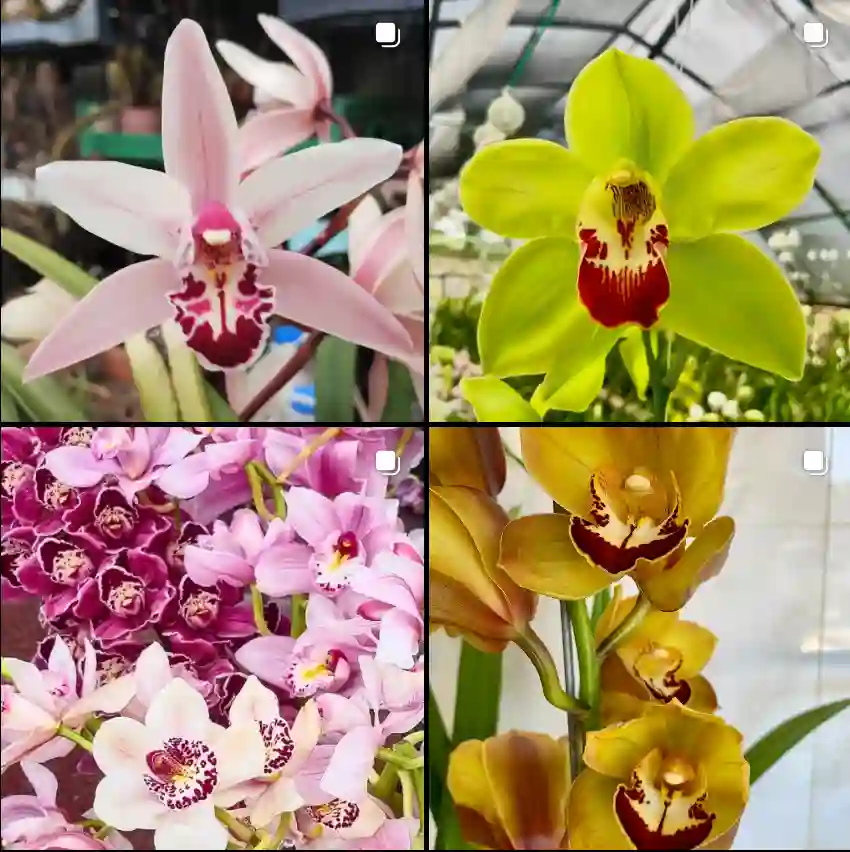
The Enchanting Mutabilis Hibiscus: A Gardener’s Guide
Few flowering shrubs boast the captivating charm of the Mutabilis Hibiscus. This beauty, also known as the Confederate Rose or Cotton Rose, has captivated me with its mesmerizing color-changing blooms. But its allure goes beyond aesthetics. The Hibiscus mutabilis is surprisingly easy to grow, making it a perfect choice for novice gardeners like myself.
Here, I’ll share my experiences cultivating this remarkable plant, hoping to inspire you to bring its magic to your own garden.
439 Species in Genus Hibiscus
Confederate Rose vs Rose of Sharon
When I compared the Confederate Rose and the Rose of Sharon in my garden, I found that the Confederate Rose’s large, multi-colored blooms throughout the day made it a standout, whereas the Rose of Sharon’s consistent, hibiscus-like flowers brought a tropical feel that I loved.
How to Grow Mutabilis Hibiscus?
The key to a thriving Hibiscus mutabilis lies in mimicking its native habitat. Here’s what I’ve learned:
- Sun Seeker: This plant craves sunshine. Choose a location bathed in at least six hours of direct sunlight daily.
- Soil Matters: Well-draining soil is crucial. Amend your existing soil with compost or sand to achieve good drainage. A slightly acidic to neutral pH is ideal.
- Watering Wisely: During the growing season, water deeply and consistently, allowing the top inch of soil to dry between waterings. Reduce watering significantly in winter.
- Feeding Frenzy: A balanced fertilizer applied monthly during the growing season encourages vibrant blooms. Opt for a water-soluble fertilizer diluted according to package instructions.
- Winter Woes: The Hibiscus mutabilis is relatively cold-hardy, but protection might be necessary in colder regions. Mulch around the base of the plant with organic material like leaves or straw before the first frost.
How to Propagate Hibiscus mutabilis?
Sharing the magic of the Hibiscus mutabilis is simple with propagation. Here are two methods I’ve found successful:
- Stem Cuttings: The best time for this method is during the summer months. Choose healthy, non-flowering stems with a few nodes. Make a clean cut just below a node, remove some lower leaves, and dip the cut end in rooting hormone (optional). Plant the cutting in a pot with a well-draining potting mix, water thoroughly, and keep it in a warm, humid location with indirect sunlight. Roots should develop within a few weeks.
- Seeds: Seed propagation takes longer but can be rewarding. Collect mature seed pods once they turn brown and dry. Sow the seeds in a well-draining potting mix, lightly cover them with soil, and keep them moist in a warm location with indirect sunlight. Germination can take several weeks.
How to Prune Hibiscus mutabilis?
Pruning not only keeps your Hibiscus mutabilis looking its best but also encourages bushier growth and abundant blooms. Prune after the final blooms of fall or winter when the plant is dormant. Here are some tips:
- Remove dead, diseased, or damaged branches.
- Thin out crowded areas to improve air circulation.
- Cut back leggy branches to encourage new growth.
- For a bushier plant, prune lightly throughout the growing season.
Remember, always use sharp, sterilized pruning shears to make clean cuts.
Beyond the Basics: My Experience with Hibiscus mutabilis
While the information above provides a solid foundation, here are some additional insights I’ve gleaned from my experience:
- Container Magic: The Hibiscus mutabilis can thrive in containers, making it perfect for balconies or patios. Choose a pot with drainage holes and ensure it’s large enough to accommodate future growth.
- Blooming Beauty: The color-changing blooms are a true spectacle. They open white or pale yellow and gradually transform to a deeper pink or red shade with age, offering a mesmerizing display throughout the day and over the lifespan of each flower.
- Pest Patrol: Keep an eye out for common pests like aphids and mealybugs. Treat them with insecticidal soap or neem oil if necessary.
The Hibiscus mutabilis has become a cherished resident of my garden. Its vibrant blooms, ease of care, and adaptability have made it a true delight. With a little love and these simple tips, you too can cultivate this captivating plant and enjoy its magic in your own green haven.
If i die, water my plants!



